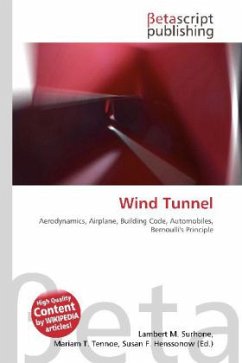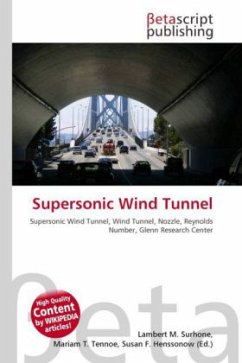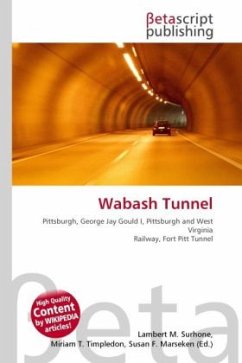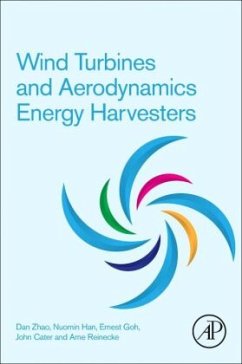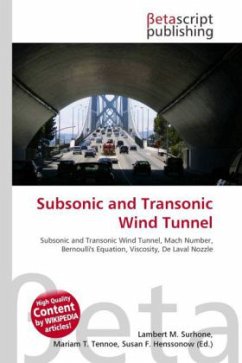
Subsonic and Transonic Wind Tunnel
Versandkostenfrei!
Versandfertig in 6-10 Tagen
23,99 €
inkl. MwSt.

PAYBACK Punkte
12 °P sammeln!
Low speed wind tunnels are used for operations at very low mach number, with speeds in the test section up to 400 km/h (~ 100 m/s, M = 0.3). They are of open-return type (see figure below), or return flow (see figure below). The air is moved with a propulsion system made of a large axial fan that increases the dynamic pressure to overcome the viscous losses.High subsonic wind tunnels (0.4 M 0.75) or transonic wind tunnels (0.75 M 1.2) are designed on the same principles as the subsonic wind tunnels. Transonic wind tunnels are able to achieve speeds close to the speeds of sound. The highest spe...
Low speed wind tunnels are used for operations at very low mach number, with speeds in the test section up to 400 km/h (~ 100 m/s, M = 0.3). They are of open-return type (see figure below), or return flow (see figure below). The air is moved with a propulsion system made of a large axial fan that increases the dynamic pressure to overcome the viscous losses.High subsonic wind tunnels (0.4 M 0.75) or transonic wind tunnels (0.75 M 1.2) are designed on the same principles as the subsonic wind tunnels. Transonic wind tunnels are able to achieve speeds close to the speeds of sound. The highest speed is reached in the test section. The Mach number is approximately one with combined subsonic and supersonic flow regions. Testing at transonic speeds presents additional problems, mainly due to the reflection of the shock waves from the walls of the test section (see figure below or enlarge the thumb picture at the right).



